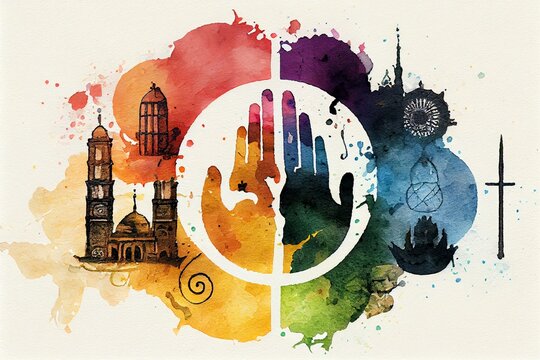Laughter
Laughter is an audible expression or appearance of merriment or amusement or an inward feeling of joy and pleasure (laughing on the inside). It may ensue (as a physiological reaction) from jokes, tickling and other stimuli. Inhaling nitrous oxide can also induce laughter; other drugs can also induce episodes of strong laughter. Strong laughter can sometimes bring an onset of tears or even moderate muscular pain. Laughter is a part of human behaviour regulated by the brain. It helps humans clarify their intentions in social interaction and provides an emotional context to conversations. Laughter is used as a signal for being part of a group—it signals acceptance and positive interactions with others.
Laughter is sometimes seemingly contagious, and the laughter of one person can itself provoke laughter from others. This may account in part for the popularity of laugh tracks in situation comedy television shows.
The study of humor and laughter, and its psychological and physiological effects on the human body is called gelotology.
Laughter is not confined or unique to humans, despite Aristotle’s observation that “only the human animal laughs.” The differences between the laughter of chimpanzees and humans may be the result of adaptations that evolved to enable human speech. However, some behavioral psychologists argue that self-awareness of one’s situation, or the ability to identify with another’s predicament are prerequisites for laughter, and thus certain animals are not laughing in the “human manner.”
Laughter is a rich experience and expression in human beings. Thus there are several shades of smiling and laughing expressions. They involve elaborate neurophysiological and physiological processes. Such laughter is not often seen in animals. But one can not deny occurrences of primitive laughter in terms of experience and expression in animals. Owners of pets can vouch on this point, if they understand when their pet is happy and how it expresses the same.
10-24











2008
1,161 views
views
0
comments